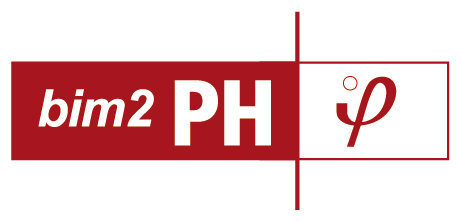Guarantee high energy efficient performance
Nearly Zero Energy Buildings require efficient use of energy. To guarantee high energy efficient performance, trades need to deliver a high quality of executed work. This applies for Nearly Zero, Zero and even Plus Energy buildings. The Passive House Standard, for example, has been demonstrating this for over 20 years.
Built2Spec compiles and further develops know-how of various experts within and outside the consortium to achieve an easily usable expert tool to guarantee high quality construction work which is required for highly energy efficient buildings.
An example
Site supervisor Rocky leaves the office only with a tablet computer. There are no large files full of papers under his arms. Today it is part of his schedule to check the recently installed windows: Have the correct windows been delivered? Have they been correctly installed? Has taping been carried out carefully? Have the installers used the right material?
Rocky’s tablet computer has access to the drawings and the BIM model. The system notes where the specific window is located in the building. Rocky has access to the specifications and contractual documents as well as the instructions of the window manufacturer and a checklist of details which need to be checked in particular. He notes that the corner at the bottom right of the windows is not airtight. He can document the facts, take photographs and communicate immediately with the manufacturer and ask for improvements to be carried out.
The objective of Built2Spec is to
- Compile and develop know-how from various experts
- Document quality assurance processes
- Develop an expert tool to guarantee high quality construction work
 Quality check tools © N. Mayayo; D. Peñas
Quality check tools © N. Mayayo; D. Peñas
Passive House design and BIM
To allow data transfer from BIM models into tools for energy balance calculation and efficiency design such as the Passive House Planning Package (PHPP), Passive House Institute has developed an interface, the so called bim2PH concept.
Reports
User, self-inspection and quality check requirements
We analysed the context of construction projects across various countries in the EU. This report presents our results regarding construction processes, stakeholders‘ roles and issues, user needs and potential future solutions. Furthermore, it contains information on the current state of technological developments, potential methods of improvement, and requirements for each technical field.
Performance gap and its assessment methodology
This report aims to better understand the causes of the performance gap and to try to
quantify the gap. Furthermore, this document determines an assessment method of the gap from design to commissioning and provides guidelines to minimize it.

